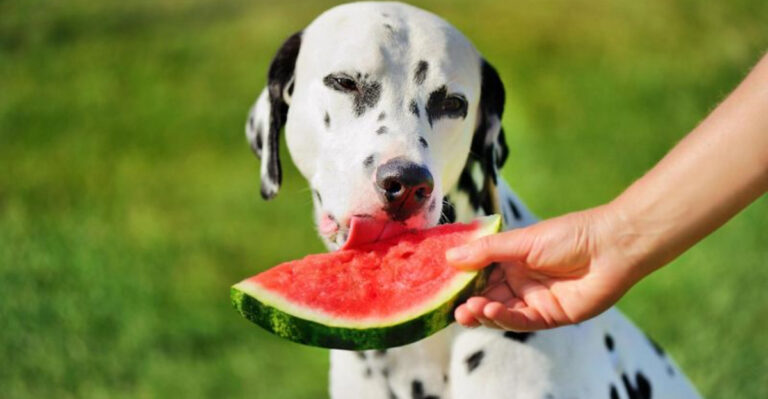13 Unspoken Emotional Needs Cats Express In Quiet Ways – Are You Listening?
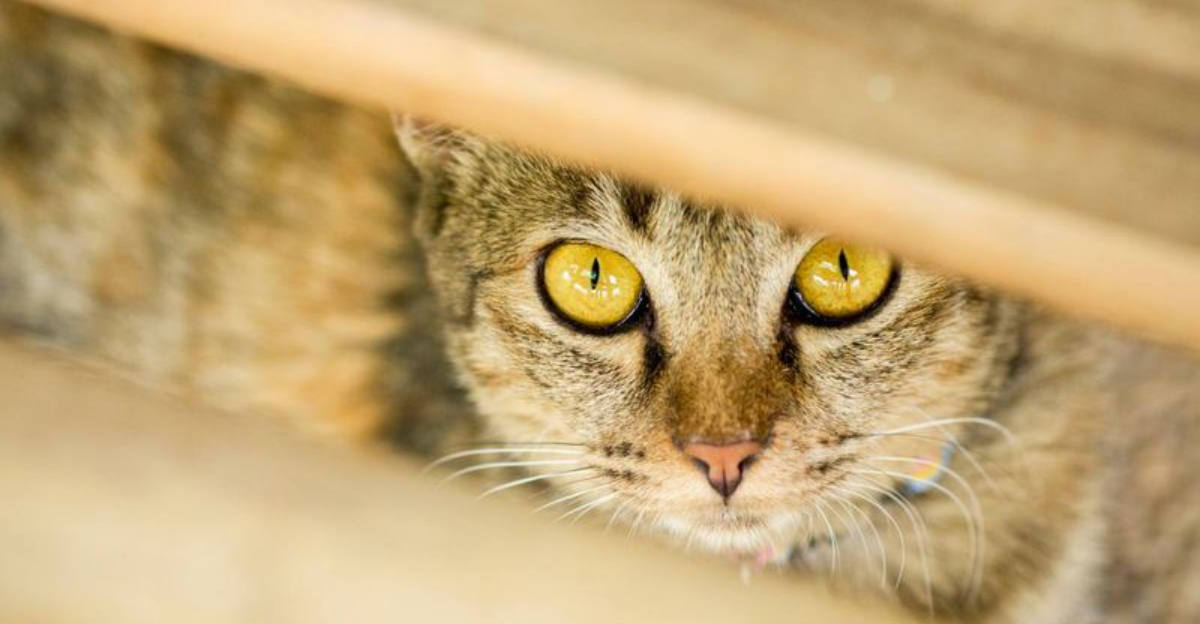
Behind those mesmerizing eyes and gentle purrs, your feline friend is constantly communicating their deepest emotional needs. While cats might seem independent and mysterious, they actually crave specific forms of care and connection that aren’t always obvious.
Understanding these subtle signals can transform your relationship with your furry companion and dramatically improve their wellbeing.
1. Routine As Emotional Security
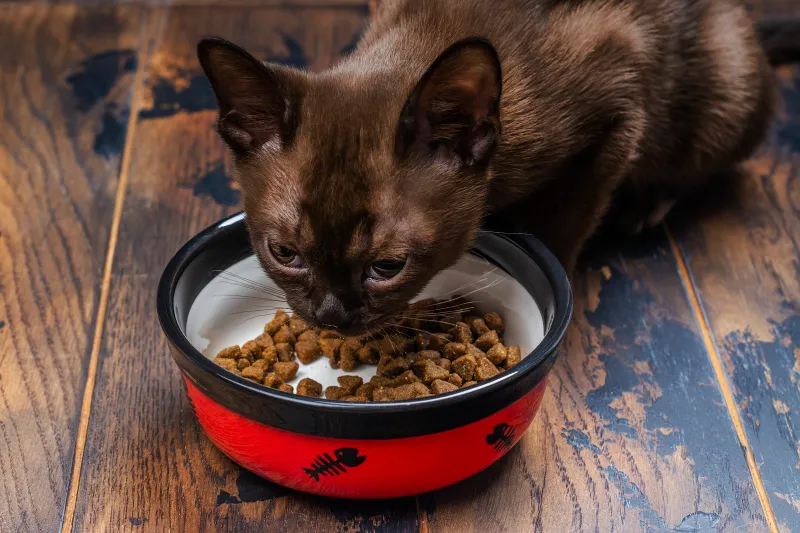
Unexpected schedule changes can trigger anxiety in our feline friends. Their internal clocks are surprisingly precise, and they find comfort in knowing what happens when.
Regular feeding times, play sessions, and even your homecoming create an emotional safety net. When life gets chaotic, try maintaining at least one consistent daily ritual to provide reassurance during unsettling times.
2. The Silent Request For Personal Space
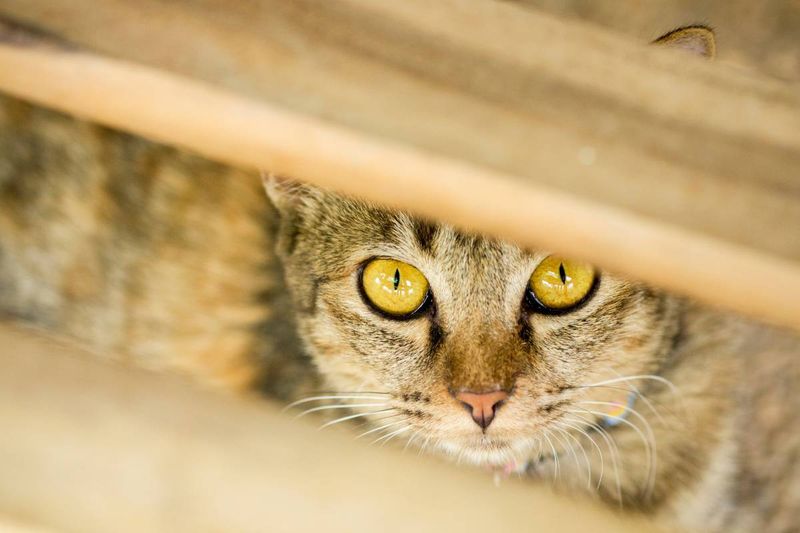
Ever noticed your cat retreating to hidden corners? This isn’t rejection – it’s a vital need for sanctuary. Cats process their world through periodic solitude.
Creating designated quiet zones with comfortable bedding allows them to decompress without completely disconnecting from family life. This balance between togetherness and independence keeps their stress levels manageable.
3. Touch On Their Terms
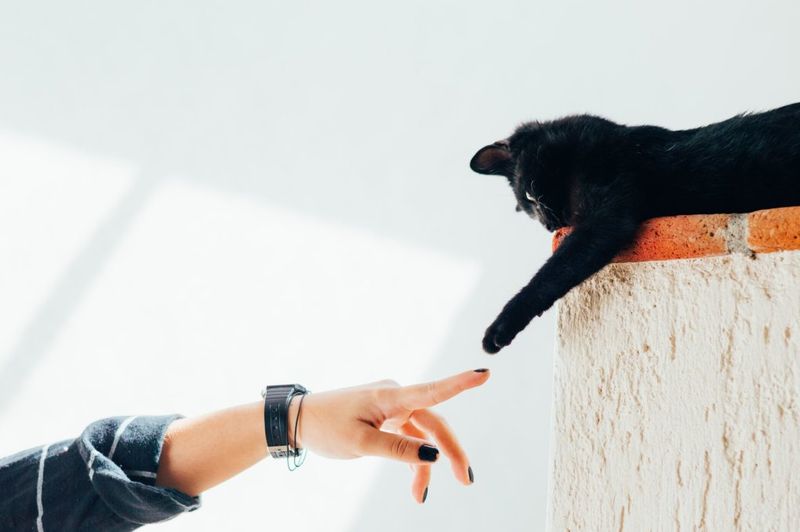
Contrary to popular belief, most cats adore physical affection – but only when they initiate it. Forced cuddles can feel threatening rather than loving.
Watch for the subtle head-bump or the back-arch beneath your hand. These are invitations to connect. Respecting these boundaries creates trust, making future interactions even more rewarding for both of you.
4. Environmental Enrichment Cravings
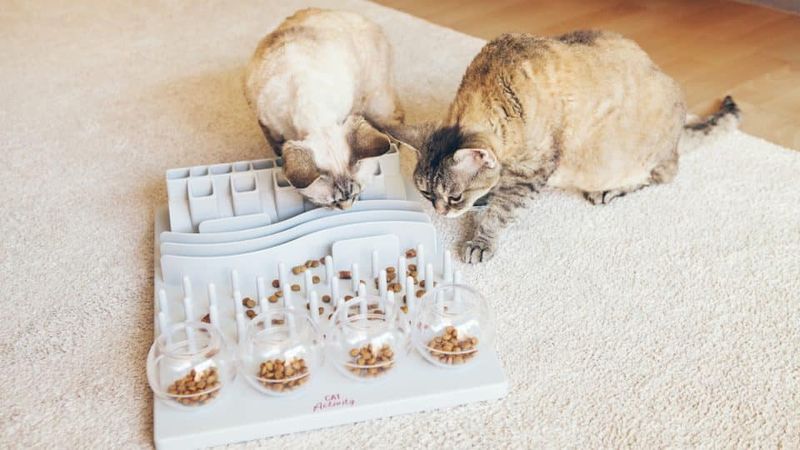
Those wild ancestors still influence your housecat’s emotional health! Indoor living, while safe, can create understimulation that manifests as destructive behavior or depression.
Window perches for bird-watching, puzzle feeders, and rotating toys aren’t just fun – they’re emotional necessities. Fresh stimulation keeps their predatory instincts satisfied and their clever minds engaged throughout their long indoor lives.
5. The Vertical Territory Need
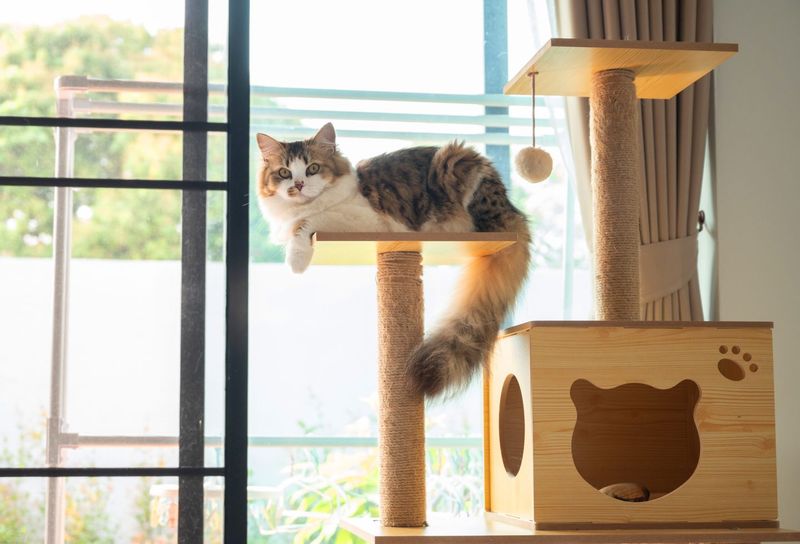
Feeling secure means having high ground! Climbing and perching aren’t just physical activities, they fulfill deep emotional security needs.
Cat trees, wall shelves, or cleared bookcase tops create the elevated sanctuary your cat craves. From these heights, they can survey their domain and feel protected, satisfying both wild instincts and emotional comfort simultaneously.
6. Scent-Marking As Connection

That cheek-rub against your leg isn’t just affection – it’s a powerful communication tool. Cats deposit personal scent markers that create a unified “family smell” throughout their territory.
When they mark you, they’re claiming you as part of their trusted circle. This scent-based bonding creates invisible but powerful emotional connections that help them feel secure and properly attached to their human companions.
7. Slow Blinking Conversation
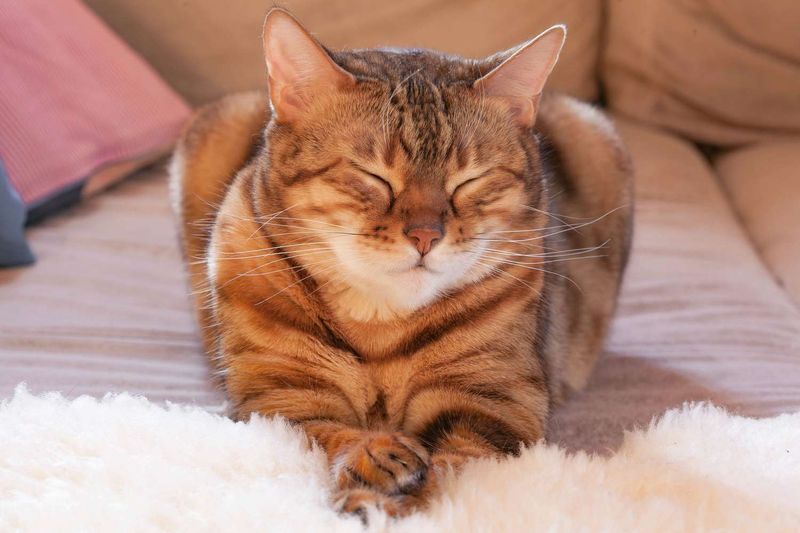
Those languid, half-closed eyes aren’t signs of boredom – they’re love letters! The feline slow blink is perhaps their most tender expression of trust and affection.
When your cat offers this gesture, they’re expressing vulnerability and deep comfort in your presence. Returning this blink creates a beautiful silent conversation that strengthens your emotional bond without a single touch.
8. Play As Emotional Release
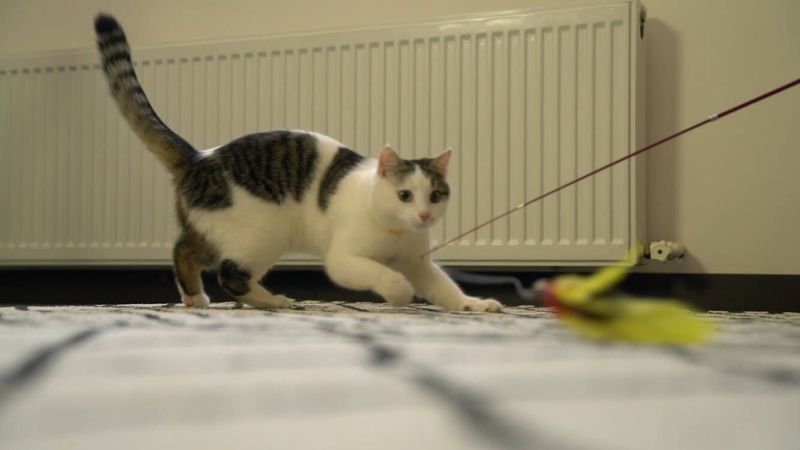
Playtime isn’t just fun, it’s vital emotional maintenance! Those pounces and chases release built-up energy that might otherwise transform into anxiety or aggression.
Interactive play sessions using wand toys mimic hunting sequences, providing mental stimulation and stress relief. Just 10-15 minutes twice daily can dramatically improve your cat’s emotional regulation and overall happiness.
9. The Grooming Bond
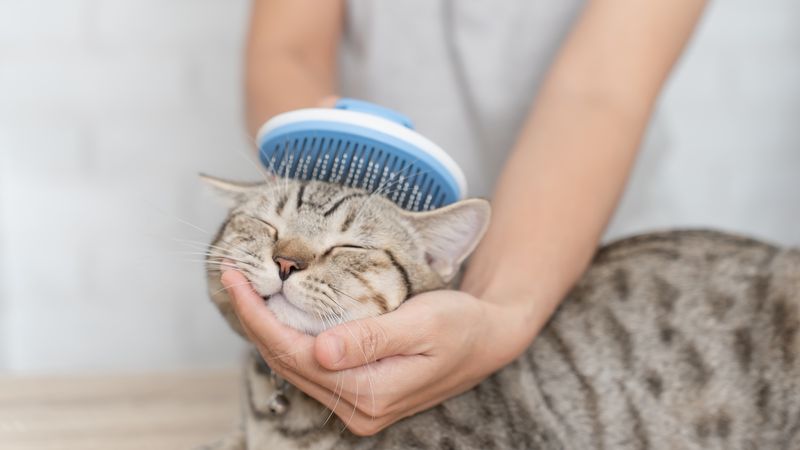
Watching your cat meticulously clean themselves isn’t just about hygiene. When stressed, many cats over-groom as a self-soothing mechanism.
Gentle brushing sessions can serve as both physical care and emotional support. This shared grooming mimics maternal care, creating feelings of security. For many cats, it becomes a cherished bonding ritual that strengthens your connection.
10. Vocalization Vocabulary
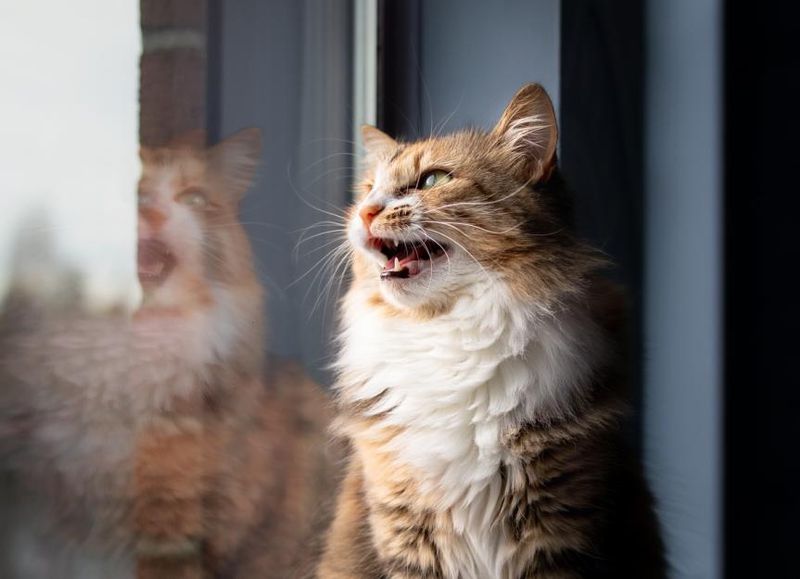
Beyond the obvious meows lies a sophisticated vocal language tailored specifically to humans! Adult cats rarely meow at each other – this communication style developed just for us.
Different pitches and patterns communicate distinct needs, from loneliness to excitement. Taking time to recognize your cat’s unique vocal patterns helps you respond appropriately to their emotional state, making them feel truly understood.
11. Respect For Sleeping Sanctity
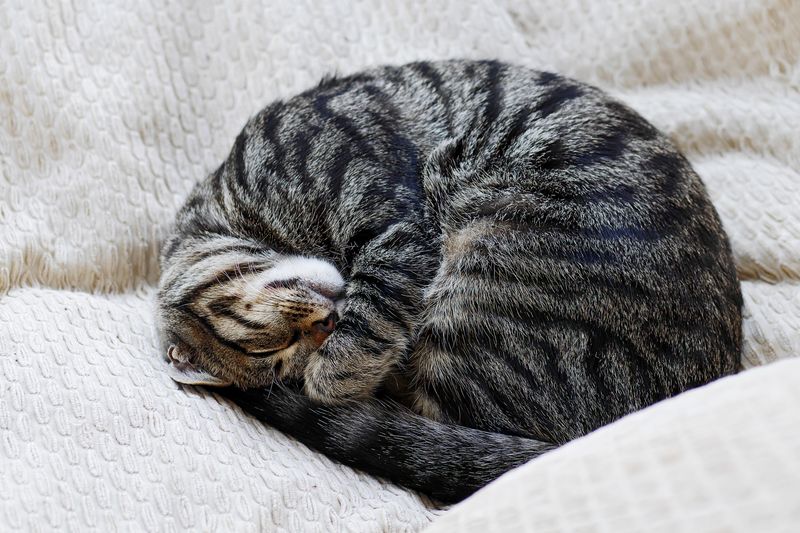
Sleeping cats aren’t just adorable – they’re incredibly vulnerable. Quality rest is fundamental to their emotional wellbeing, with adults needing 12-16 hours daily.
Disturbing a deeply sleeping cat can trigger lasting stress. Creating multiple undisturbed sleeping spots throughout your home acknowledges this critical need. When they choose to sleep touching you, it’s their ultimate display of trust.
12. Predictable Handling Expectations
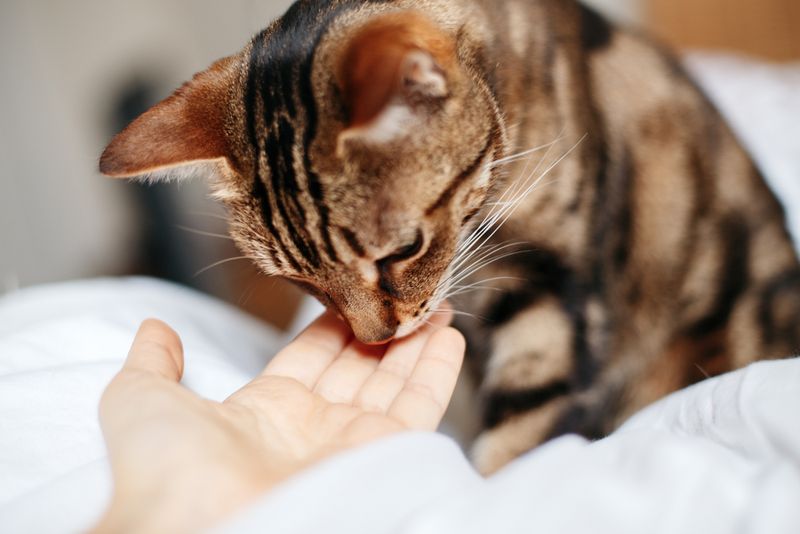
Surprising a cat with unexpected touches or pickups can shatter their sense of control and safety. Even affectionate cats need handling consistency to maintain emotional security.
Approaching from their visual field, offering a finger to sniff first, and respecting their “not now” signals creates trust. This predictability helps them feel respected rather than just tolerated, building a foundation of mutual understanding.
13. Companionship On Their Schedule
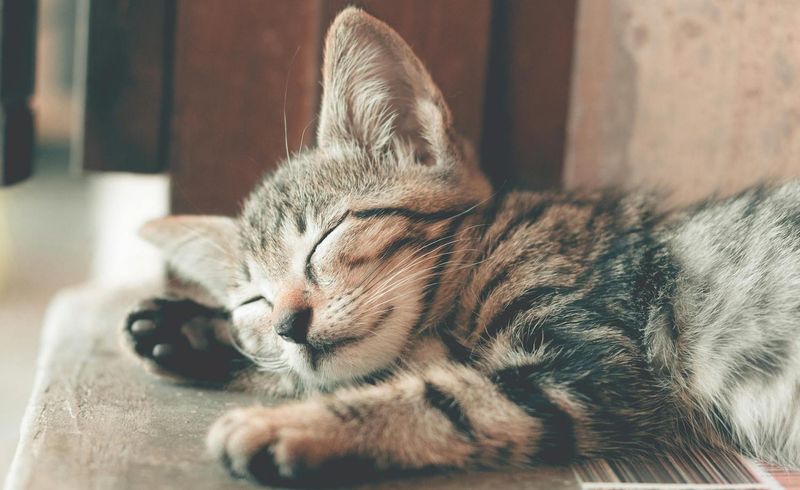
The “aloof cat” stereotype misses a crucial truth – most deeply crave companionship, just in their unique timing. Those sudden appearances when you’re working or reading aren’t coincidental.
Your presence provides emotional security even when direct interaction isn’t happening. Simply being in the same room satisfies their social needs. These quiet togetherness moments often mean more than active play sessions in building lasting bonds.


